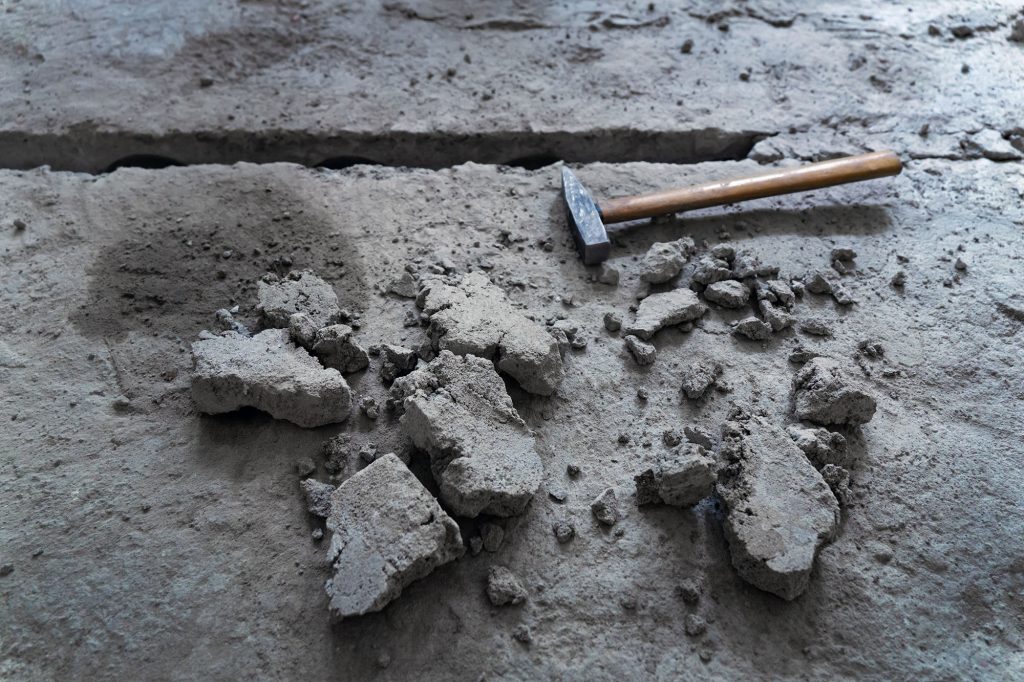Hydro excavation is a non-destructive digging method that utilizes high-pressure water plus a powerful vacuum system that can be used to remove asphalt, concrete, or other surface materials. It is a versatile technique used in various applications, often superior to other methods for materials removal.
Some benefits of hydro excavation include:
- Increased safety for both equipment operators and others nearby
- Reduced environmental impact
- Increased precision when excavating
- Reduced risk of damaging underground utilities or infrastructure
- Less downtime
- Cost-effective alternative to other repair methods
Thanks to these many benefits, hydro excavation is useful in a variety of situations to address many different types of repairs.




